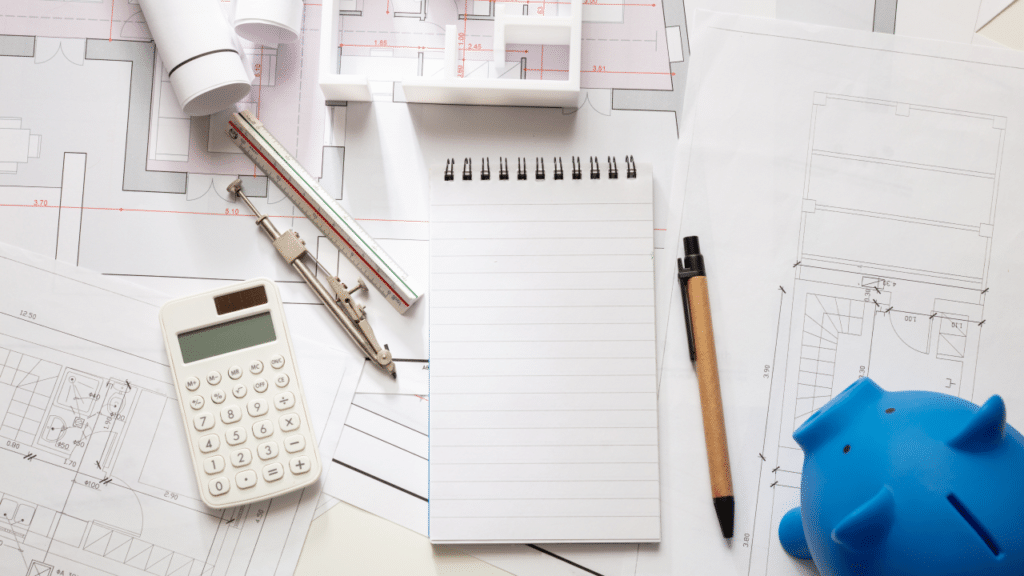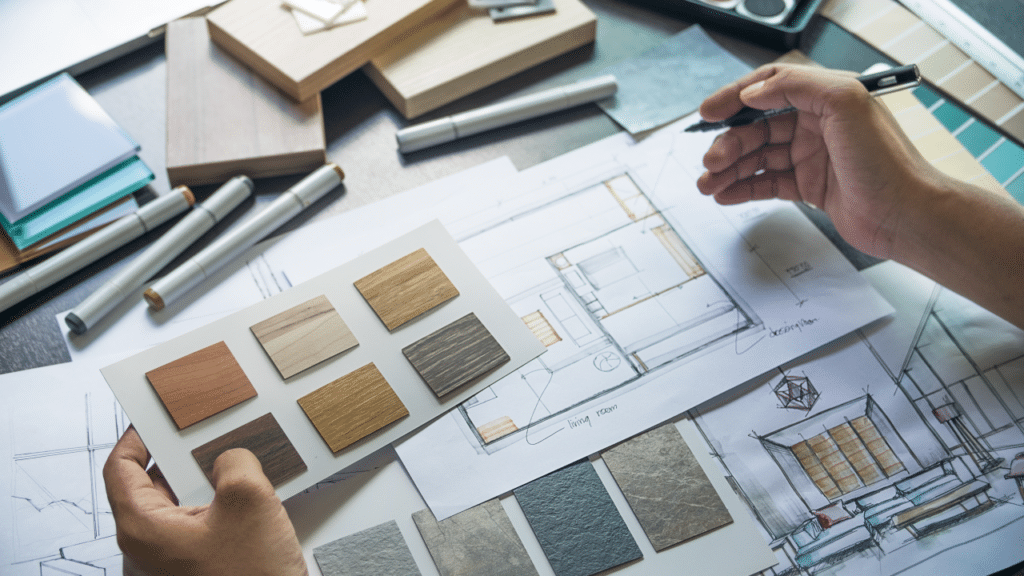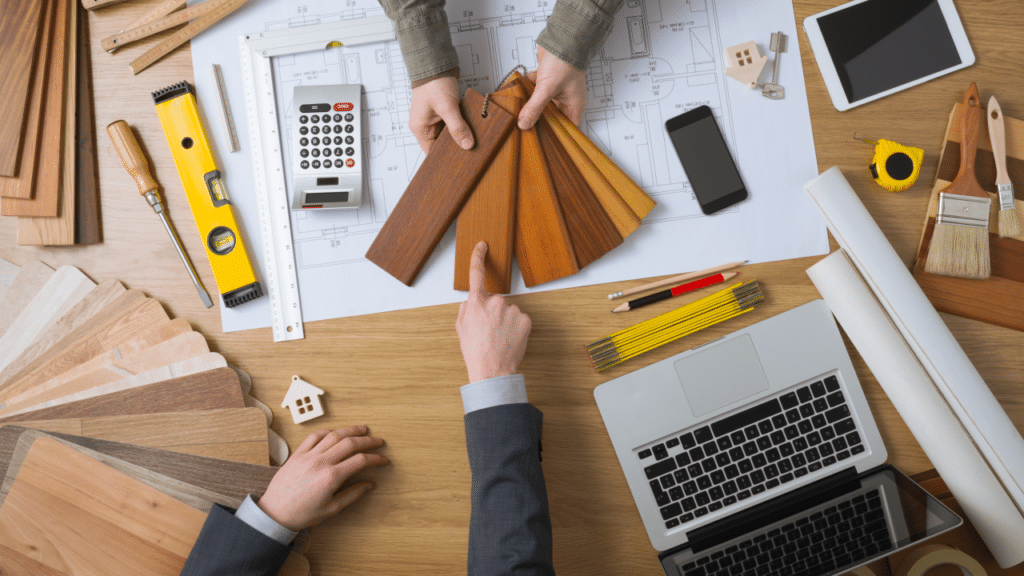Laying the Groundwork for a Successful Project
Every standout interior design project starts with a deep understanding of the client. And at the core of this process is the client intake form. It’s a simple yet powerful tool that takes initial conversations and turns them into a solid foundation for creativity and collaboration. Be it a one-room refresh or a whole-home makeover, a detailed intake form helps ensure you fully understand your client’s goals from day one. By asking the right questions, you lay the groundwork for a design that’s not only beautiful but also perfectly suited to their lifestyle. Here, we’ve outlined 10 essential questions to include in your client intake form, helping you streamline your process and deliver exceptional results every time.
1. What Is the Project Overview and Scope of Work?
Understanding the size and scope of the project is crucial. Are you handling a full renovation, transforming one room, or simply selecting new furniture and accessories? This question helps define the level of involvement required and pinpoints which spaces need to be transformed. Having a clear scope from the get-go ensures that both you and your client are on the same page.

2. What Is Your Budget?
Budget is the foundation of any design project. Budget is the foundation of any design project. By asking clients to specify their financial range, you can tailor the design to their budget, ensuring the right balance of customisation, materials, and furnishings. Being transparent about budget early on prevents any surprises and helps you deliver maximum value within their means.
3. What Is the Timeline for This Project?

Does your client have a set timeline, perhaps due to a special event or a planned move-in date? Knowing the project’s timeline helps you plan realistically, prioritise tasks, and avoid misaligned expectations. A well-managed timeline ensures that everything stays on track, minimising the risk of stress for both you and your client.
4. How Do You Intend to Use the Space?
A room’s purpose shapes its design. Who will use the space, and what activities will take place there? Gaining insight into the client’s lifestyle and intended use of the space is crucial for making informed design decisions. This includes understanding their needs, habits, and any specific requirements they may have.
5. What Is Your Preferred Design Style?
Every client has a unique aesthetic. Are they drawn to bold colours, minimalist patterns, or specific materials like wood or metal? Encouraging your client to share their preferences, perhaps with inspiration images, helps refine their vision and enables you to create a design that truly reflects their personality.

6. Are There Any Design Elements You Dislike?
Just as important as knowing what clients love is understanding what they don’t. Are there colours, textures, or materials they dislike? This question helps you avoid costly mistakes, ensuring the final design aligns with their preferences and keeps the process efficient.
7. Do You Have Inspiration Images or Mood Boards?
Words can be subjective, but visuals speak volumes. Asking clients to provide inspiration images or mood boards bridges the gap between their ideas and your interpretation. This gives you a clearer picture of their ideas and acts as a tangible reference for your creative process, ensuring you’re all on the same page when it comes to their vision.

8. What Are Your Biggest Challenges with the Current Space?
Is the room too small, poorly lit, or lacking storage? Identifying these challenges gives you the insight needed to design solutions that not only look great but also make life easier for your client. This question ensures your work enhances their daily life, not just their home’s appearance.
9. Are There Must-Have Items to Incorporate?
You probably have noticed that many clients have special items; whether it’s a family heirloom, a favourite piece of art, or a piece of furniture that holds sentimental value that they want to keep. Knowing these items upfront allows you to weave them seamlessly into the design, balancing personal value with aesthetic harmony.
10. How Involved Do You Want to Be in the Design Process?
Some clients love being hands-on and offering their input, while others prefer to take a step back and trust your expertise. Knowing their preferred level of involvement early on helps set expectations, making the collaboration smoother and ensuring clear boundaries for communication and decision-making throughout the project.

Building Designs Through Thoughtful Questions
A thoughtful client intake form is more than just paperwork—it’s the foundation of a successful interior design project. By asking these 10 must-have questions, you’ll gain a deep understanding of your client’s needs, preferences, and goals, paving the way for a collaboration that’s both enjoyable and effective. At the National Design Academy, we believe that great design starts with great communication. Mastering the art of the intake form not only saves time but also elevates your work, delivering spaces that delight and inspire.
Start Your Design Journey Today
Want to refine your approach to client collaboration and create designs that truly stand out? Explore our professional interior design courses at the National Design Academy and start building the career you’ve always dreamed of today!

